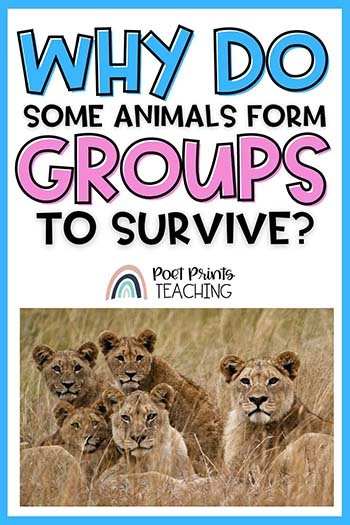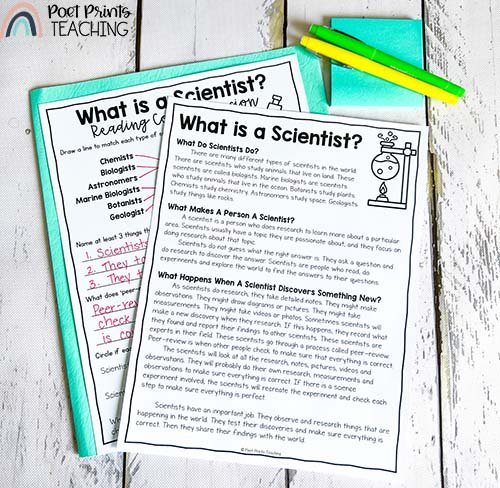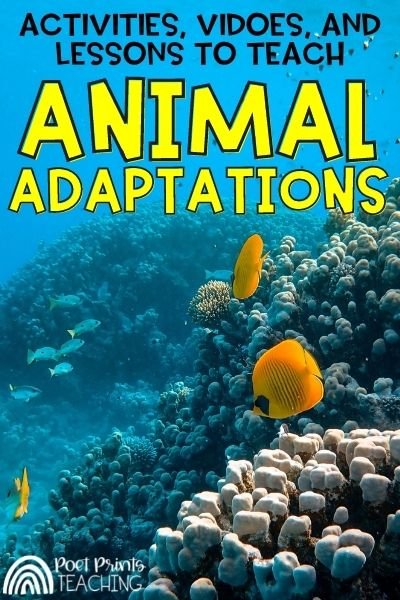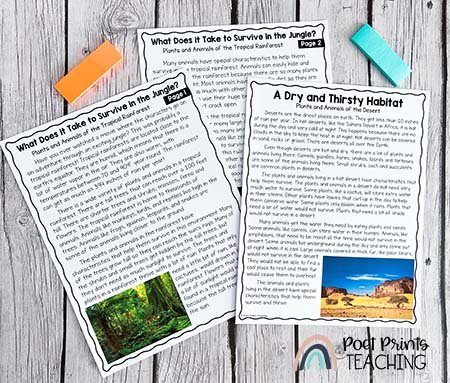“Fun in the sun!” We’ve all heard it. We’re probably all said it. Playing in the sun truly is a blast… until someone gets a sunburn. Then it’s not so much fun. So let’s endeavor to teach our students about sun safety and sun protection. There are some fun sun safety activities that can help you teach this concept.
Why is the Sun So Dangerous?
While the sun is wonderful for giving off light and heat, it also gives off ultraviolet radiation. Too much UV radiation can be dangerous. Even on cloudy days, people can get sunburned. UV rays can affect our eyes, skin, and immune systems.
Ways to stay safe in the sun for kids
The good news is, there are some easy ways to stay safe in the sun. Here are a few ideas:
Wear UV-blocking sunglasses
Wear a hat to keep the sun out of your eyes
Don’t look directly at the sun
Stay in the shade when outside
Wear sunscreen (water resistant and 30 SPF or higher)
Wear proper clothing to protect your skin from the sun
Make sure to drink plenty of water
Limit your time in the sun, especially between 10am and 2pm when UV rays are the strongest
The EASY Way to Teach About Sun Safety
Looking for a fast and fun way to teach about sun safety that includes nonfiction reading and a STEM craft? In just a few clicks you can grab all of the pieces you need: lesson plans, informational text, reading comprehension, an anchor chart template, and a hands-on activity!
reading about sun safety
Reading about sun safety is another great way to learn. This nonfiction passage will help students learn about the sun as a source of energy and a potential hazard. After reading, they will complete comprehension questions to deepen their understanding of the topic. A connected drawing activity really helps to tie it all together!
sun safety videos for kids
For teaching sun safety for kids, there are some amazing Youtube videos out there. Here are just a few:
This SciShow Kids video gives a great overview of why it is important to wear sunscreen. This also explains why people get sunburns and how we can stay safe in the sun.
This is the animated story of George the Sun Safe Superstar, which talks all about how to “stop from turning pink”.
This Dr. Binocs Show explains why UV rays are harmful. The video goes in-depth, even explaining the Electromagnetic Spectrum of light. Students might find this in-depth explanation fascinating!
Sun Safety Craftivity
In this sun safety craftivity, students will create a self-portrait with a twist. They will use a blank outline to create a miniature version of themselves and dress their person in the ultimate sun-safe outfit. Students can use a variety of materials like construction paper, tissue paper, popsicle sticks, cotton balls, glue, etc while creating their person. Let the creative juices flow!
Sunscreen experiment
There’s a fantastic sun safety experiment floating around the internet. I tried to find the original source of this experiment but was unable to locate it because there are several variations of the activity. It’s an engaging and clever way of illustrating the importance of sunscreen. Here’s how the experiment goes:
Fold a black piece of construction paper in half
Smear sunscreen all over the palm side of a child’s hand.
Have the child press their handprint onto the paper.
Place the paper in a sunny spot and wait for a few hours
When you check on the paper in a few hours, all the spaces without sunscreen will be bleached lighter by the sun. The areas with sunscreen will still be the original black color!
If you want to get extra creative with this experiment, you can have students fingerpaint pictures onto the black construction paper, instead of doing a handprint. They will love seeing their design on the bleached paper!
Sun safety is an important concept to teach our students. Not only is it interesting to learn about, it’s also a health issue that needs to be focused upon. There are some great sun safety activities and experiments out there, so let’s make this topic exciting for students!




































































